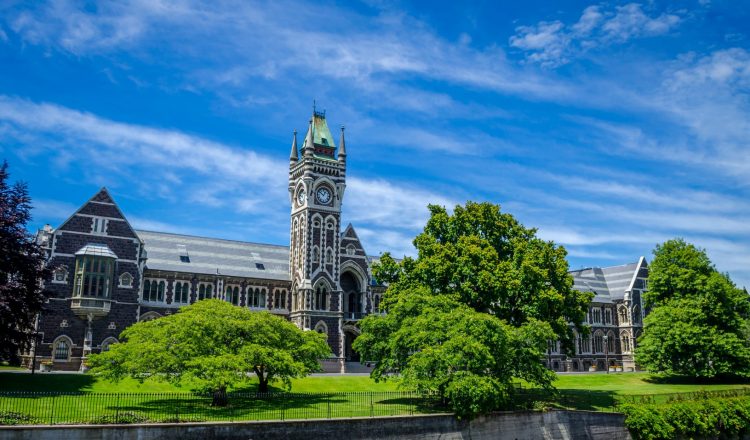Chi phí học tập (sinh viên trong nước)
Học sinh trong nước có cần phải trả học phí không?
Nó phụ thuộc vào loại trường học.
- Các trường công lập và trường học bán công phải cung cấp giáo dục miễn phí cho học sinh trong nước. Điều này có nghĩa là họ có thể không phải đóng học phí.
- Ngoại lệ duy nhất là chủ sở hữu của các trường bán công có thể tính một khoản phí bắt buộc được gọi là ‘lệ phí tham dự ‘. Chủ sở hữu cung cấp đất đai và các tòa nhà cho các trường này, và khoản phí này là để trang trải chi phí tài sản của họ.
- Các trường tư thục nhận được tài trợ hạn chế của chính phủ, vì vậy họ sẽ tính một khoản phí ấn định mỗi học kỳ, hoặc cho năm. Các khoản phí phải được quy định rõ ràng trong thông tin tuyển sinh hoặc bản cáo minh bạch của họ.
Các chi phí khác
Bạn nên chuẩn bị để trả tiền cho:
- văn phòng phẩm như sách bài tập, bút mực, bút chì
- đồng phục trường học
- chăm sóc trước giờ học và sau giờ học nếu bạn cần.
Nếu bạn không đủ khả năng cho việc mua đồng phục trường học hoặc văn phòng phẩm hoặc chăm sóc ngoài giờ học, điều này không nên cản trở việc học của con bạn. Trong trường hợp này đầu tiên nói chuyện với trường học của bạn. Bạn có thể nhận được trợ giúp tài chính.
Bạn cũng có thể được yêu cầu trả tiền cho các hoạt động tự nguyện hoặc các sự kiện như thể thao cuối tuần hoặc hoạt động sau giờ học. Trường chỉ có thể tính phí cho các hoạt động tự nguyện hoặc sự kiện nếu họ đã nói trước với phụ huynh và phụ huynh đã đồng ý chi trả tiền cho những. Nếu một hoạt động hoặc mục là trong phần giảng dạy của trường (như xem một trò chơi mà học sinh sẽ được đánh giá, cắm trại hoặc chuyến đi, hoặc báo cáo của trường), thì con bạn có quyền được đưa vào cho dù bạn có đóng tiền tự nguyện hay không quyên góp.
Nếu hoạt động hoặc sự kiện không phải là một phần của chương trình học của trường (như một sự kiện thể thao, hoặc một sự kiện xã hội của trường) thì con bạn không thể tham gia nếu bạn không trả tiền.
Đóng góp trường học
Các trường học có thể yêu cầu phụ huynh hoặc người chăm sóc quyên góp, đó là những đóng góp tự nguyện để giúp đỡ điều hành nhà trường. Nó không phải là bắt buộc để trả tiền quyên góp. Không bắt buộc phải đóng tiền quyên góp. Bạn có thể quyên góp cho nhà trường một phần, toàn bộ hoặc là không.
Đóng góp này có thể dành cho các mục đích chung, hoặc được dành cho một mục cụ thể như trại, một chủ đề trong lớp học hoặc một chuyến đi.

















































